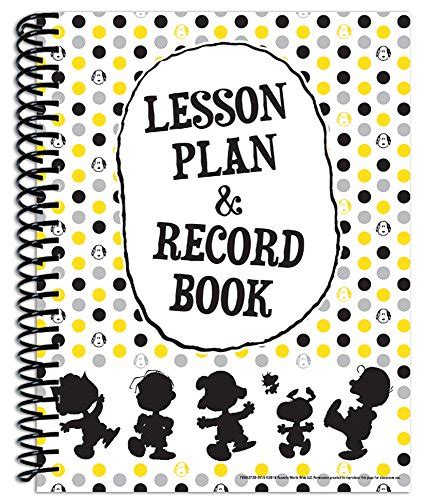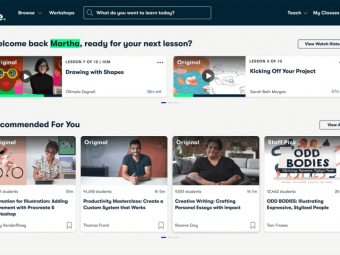
A powerful inner ear is necessary for comprehending music composition, thus nearly every music school needs students to attend ear training sessions. Having sophisticated listening skills goes a long way in increasing the quality of their performances. These skills are essential for music students and anybody else who wants to improve their listening, comprehension, and performance abilities. Find out how to have practical ear training to elevate your music passion.
Learn Active Listening
Don’t be concerned about being a Mozart right away! Begin by doing easy ear training activities. All you have to do is to close your eyes to take in your sound environment, ask yourself the following questions:
What do you think you hear? Work on discriminating between low, high, talking, animal noises, machinery, and other sounds.
- Is the tempo quick or slow?
- Is the volume of the noises high or low?
- What are the locations of the sounds? Are the sounds coming from above you? Below?
This activity improves your auditory abilities by making you more aware of your surroundings, and it’s something you can do every day.
Test Your Hearing
If you have trouble hearing people talk in busy settings, can’t hear high pitched, or have to ask people to repeat themselves all the time, you should get your hearing checked. If you can like the music you’re listening to, it’s a positive indicator that your ears are still capable of producing music! Testing your hearing can help you confirm this and identify any difficulties you should be aware of while you study music.
Allow The Rhythm Guide Your Learning
Although many people believe that rhythm is a “natural” ability, it can really be learned and developed. One of the simplest methods to start your ear training adventure is to improve your rhythmic skills. Beloved music may be clapped along by almost everyone.
Master The Melody
Learning to sing and detect intervals is a terrific method to improve your musical sense of relative pitch, which is essential for interpreting melody. You can learn the basics of interval training and how to transcribe and play tunes by ear using intervals with the Step and Half: First Steps app. It’s free to register.
Step Up to the Harmony
Once you get familiar with rhythm and melody, immerse yourself into chords. Chord ear training exercises will help you master triads in no time. You can apply the following steps to practice it
Step 1: Listen closely to each type of chord and tune your ear into the varied sounds using the “Training” recordings. Each chord is declared and performed note-by-note so you know exactly what you’re hearing.
Step 2: Listen to the “Test” audio for each chord, which contains a short pause after each chord. Identify the chord you just heard during the pause. You’ll hear the correct answer and have the opportunity to hear the chord again if you got it right.
Bottom Line
With 5 foregoing grounded exercises for ear training, you will enhance your music skills dramatically. Apply them regularly to improve your earring performance.
If you are looking for a reliable ear training course, Rick Beato ear training is right up your alley. This is a completely new, first-of-its-kind system that uses interactive, auditory modules to enhance relative pitch and make you a better musician in every manner.
 Doggie Stylz Set Of 2 Reflective Therapy Dog In Training Removable Patches Wit
Doggie Stylz Set Of 2 Reflective Therapy Dog In Training Removable Patches Wit
 6 Pcs Service Dog In Trainingworkingstress Amp Anxiety Response Embroidere
6 Pcs Service Dog In Trainingworkingstress Amp Anxiety Response Embroidere
 Service Dog In Training Patch With Hook Back And Reflective Lettering For Servic
Service Dog In Training Patch With Hook Back And Reflective Lettering For Servic
 Four Paws Wee Wee Pee Pads For Dogs And Puppies Training L Gigantic Xl St
Four Paws Wee Wee Pee Pads For Dogs And Puppies Training L Gigantic Xl St
 Pny 128gb Elite X Class 10 U3 V30 Microsdxc Flash Memory Card 100mbs
Pny 128gb Elite X Class 10 U3 V30 Microsdxc Flash Memory Card 100mbs
 Academy Of Beasts V Shifter Romance
Academy Of Beasts V Shifter Romance
 Beast Academy 5a Practice
Beast Academy 5a Practice
 32gb Class 10 Sdhc Flash Memory Card Standard Full Size Sd Card Ush I U
32gb Class 10 Sdhc Flash Memory Card Standard Full Size Sd Card Ush I U
 Go Power F 200 Class T 200 Amp Slow Blow Fuse Silver
Go Power F 200 Class T 200 Amp Slow Blow Fuse Silver
 Blue Sea Systems 5116 Fuse A3tclass T 200a
Blue Sea Systems 5116 Fuse A3tclass T 200a
 Eureka Peanuts Classic Characters Deco Kit 840227
Eureka Peanuts Classic Characters Deco Kit 840227
 Eureka Peanuts Geometric Back To School Classroom Supplies Record And Less
Eureka Peanuts Geometric Back To School Classroom Supplies Record And Less














![Flutter & Dart - The Complete Guide [2022 Edition]](https://img-c.udemycdn.com/course/100x100/1708340_7108_5.jpg)










